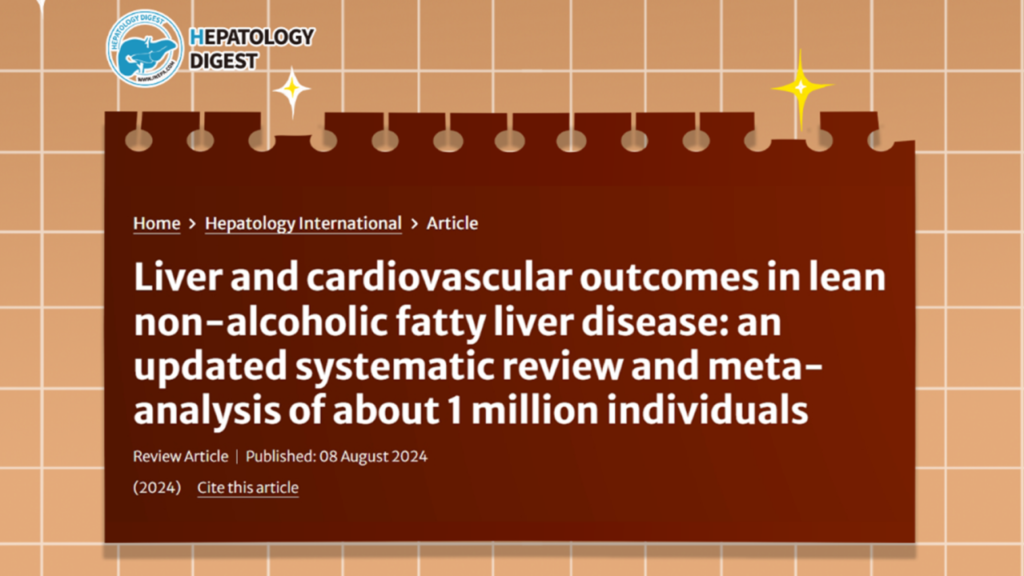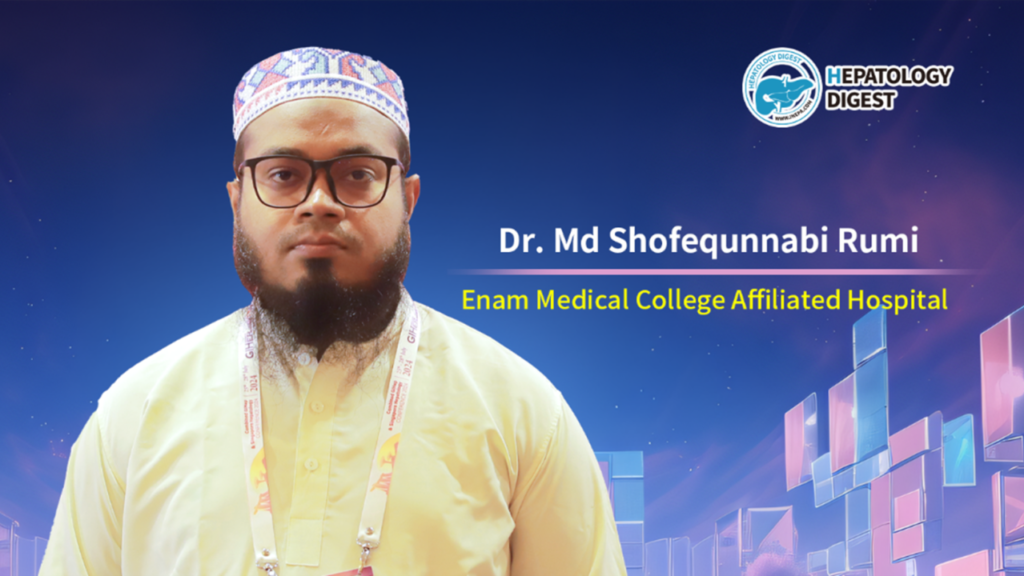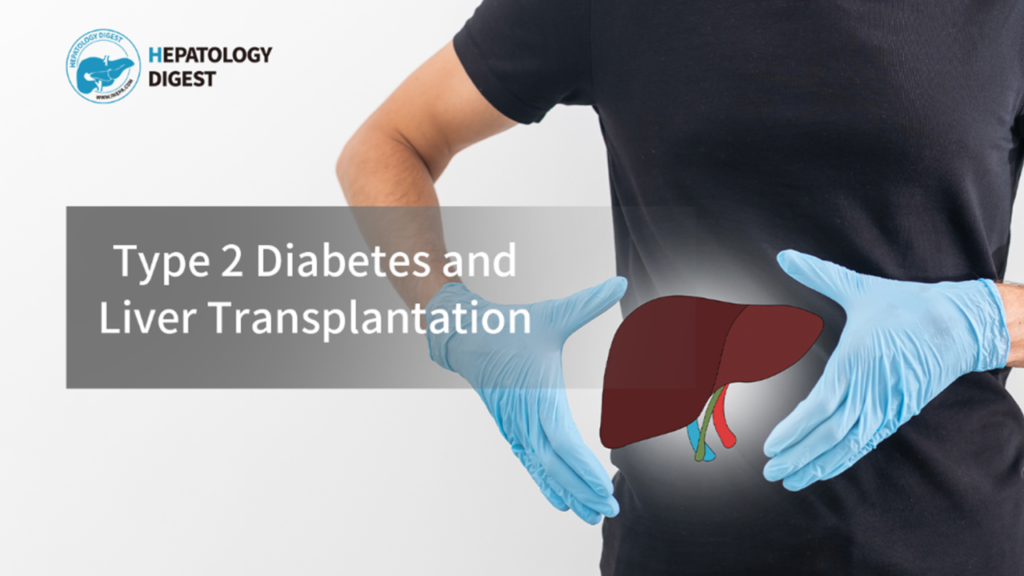HBV infection is a major cause of chronic hepatitis B (CHB), cirrhosis, liver failure, and hepatocellular carcinoma. Despite the development of new drugs and advancements in antiviral therapy, a complete cure for CHB remains a clinical challenge. The burden of liver disease in China is still heavy, and the implementation of high-quality liver disease management is urgently needed. This involves a comprehensive approach that includes enhanced public education, convenient screening and monitoring, empowerment of primary healthcare, optimization of doctor incentives, refined data management, and scientifically sound prevention and treatment strategies. Recently, Dr. Sujun Zheng from Beijing You An Hospital, Capital Medical University, provided a systematic overview of the exploration and progress in comprehensive liver disease management during an academic exchange. The following is a summary of the key points shared.










